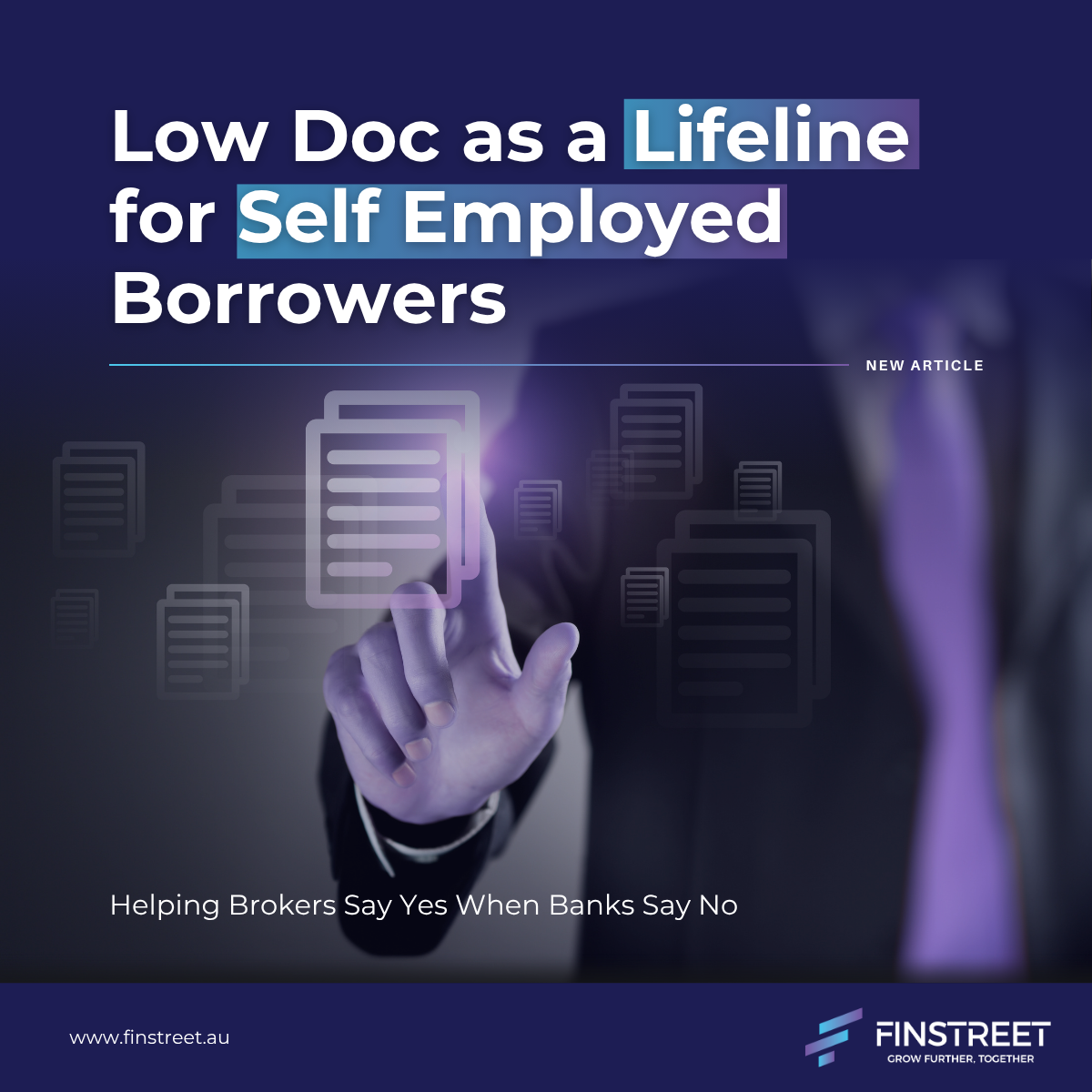07/05/2025
Anthony Albanese has secured another three years in office, following a sweeping Labor victory that saw the party claim more than 85 seats. He becomes the first prime minister in over two decades to win back-to-back terms, riding a wave of voter concern over cost-of-living pressures and housing affordability. For many Australians, particularly first-time buyers, the big question now is whether Labor’s ambitious housing policies will deliver real change or fall short of expectations.
Promises Versus Delivery: A Cautious Outlook
Much of the campaign rhetoric focused on helping Australians into homeownership and easing pressure on renters. However, as with many political promises, whether these plans will take shape effectively remains uncertain.
Adele Andrews, director and mortgage broker at Australian Property Home Loans, expressed some hesitation about what another term of Labour will mean for the housing market. In her view, the last few years under the current government haven’t produced strong outcomes for property. While she acknowledged that the proposed schemes have potential, she expressed that the challenge lies in actual implementation.
First-Home Guarantee: Expanding Access, Raising Questions
Central to Labor’s agenda is the expansion of the First Home Guarantee, known commonly as the 5% deposit scheme. This initiative allows eligible first-home buyers to purchase property with just a five per cent deposit, with the government guaranteeing the remaining 15% required to avoid paying lenders mortgage insurance. This can result in significant savings for buyers who may otherwise have needed to pay tens of thousands in additional upfront costs.
From January 2026, Labor plans to scrap the income caps that currently limit eligibility. This would open the scheme to a much broader group of buyers. In areas like Sydney, where property prices are among the highest in the country, the removal of price caps means that a buyer could purchase a property valued at one million dollars with only fifty thousand dollars saved for a deposit.
Help to Buy: Co-Ownership with the Government
In addition to the guarantee scheme, Labor plans to expand the Help to Buy program. This shared equity scheme allows eligible buyers to co-purchase property with the government, which can own up to 40% of the home. The government’s recent injection of 800 million dollars into the program is expected to increase its reach, potentially helping up to 40,000 Australians purchase their first home.
While these demand-side policies are likely to ease access for some, many experts are calling attention to a deeper issue: the chronic lack of housing supply.
Supply Remains the Core Challenge
Andrews pointed out that while the schemes provide assistance to first-time buyers, the real pressure point lies in the scarcity of available homes. She argued that increasing housing stock is essential to bringing prices down and easing broader market pressures.
Labor has acknowledged this and pledged a ten billion dollar investment in the construction of 100,000 new homes targeted at first-time buyers. As part of the broader National Housing Accord, the government has also committed to building 1.2 million homes by 2029. These promises are backed by social housing accelerator programs and incentives for apprentices to enter construction and clean energy trades. The goal is to boost the workforce and increase the pace of new builds.
Non-Resident Ban and Market Balancing
Another recent policy is the temporary two-year ban on non-residents purchasing existing homes. The government hopes this move will free up existing properties for Australian residents and ease some of the demand-side pressure.
Impact Beyond Ownership: The Broader Financial Picture
But beyond property ownership, Albanese’s housing strategy has implications for Australians’ finances more generally. By helping more people secure homes with smaller deposits and without paying lenders mortgage insurance, the government is reducing some of the financial barriers that have locked a generation out of the housing market. However, if demand continues to outpace supply, the knock-on effect could be continued upward pressure on house prices, particularly in major cities.
Renters are also watching closely. While increased construction should improve availability and affordability over time, short-term pressures are unlikely to ease quickly. Broader cost-of-living relief measures, such as increased rent assistance and energy bill subsidies, may offer temporary respite but do not replace the need for long-term housing infrastructure.
The Road Ahead
In sum, Albanese’s second term offers both promise and risk. First-home buyers may find new doors opening, while the property market could see continued turbulence depending on how effectively supply-side measures are implemented. The government’s success in balancing accessibility with sustainability will determine whether this new chapter genuinely delivers a more affordable Australia.



